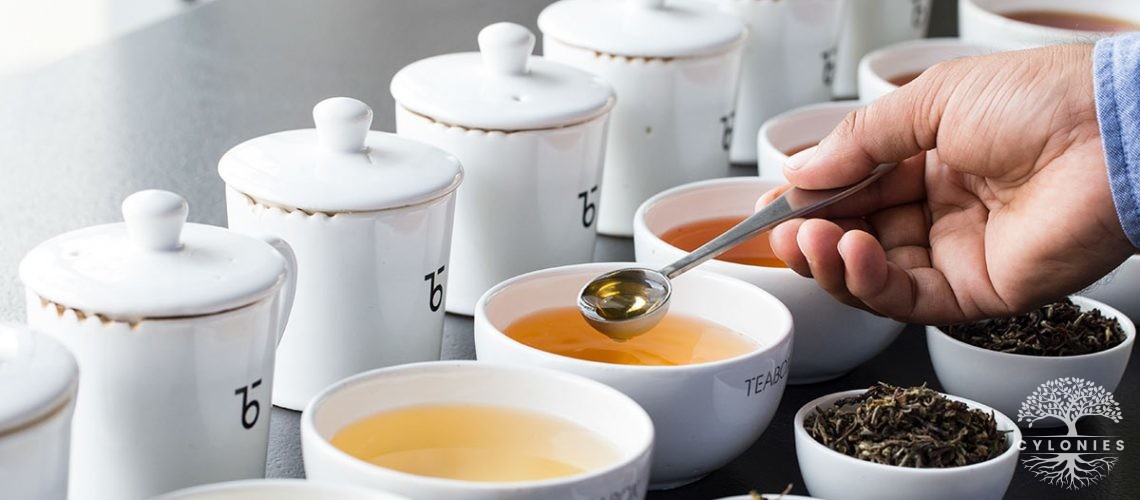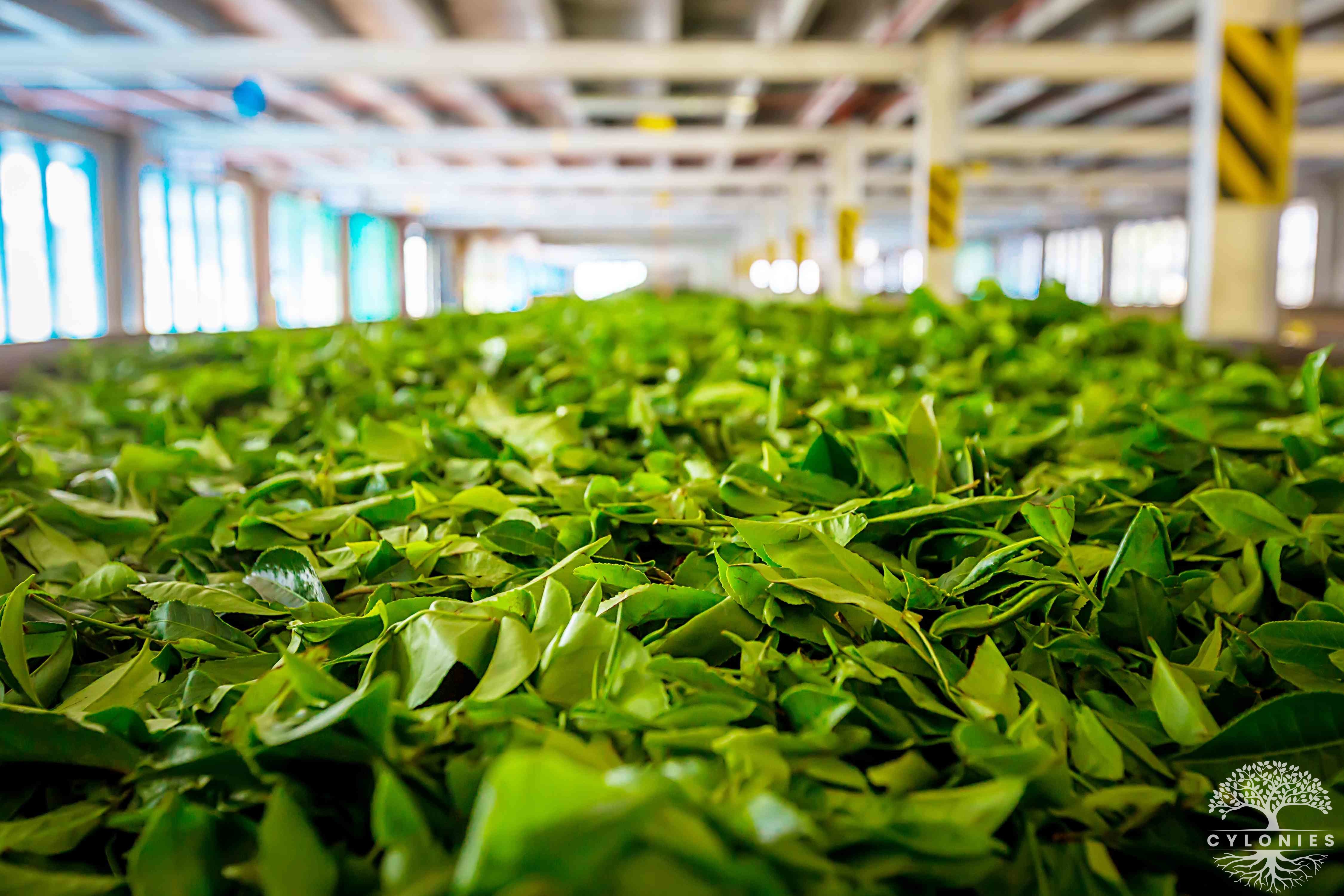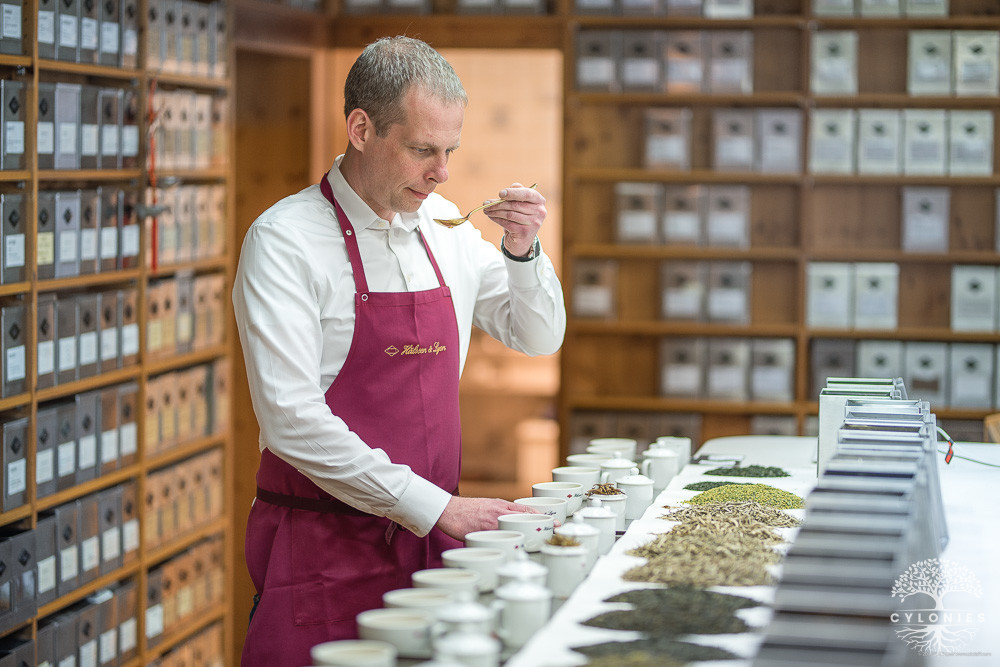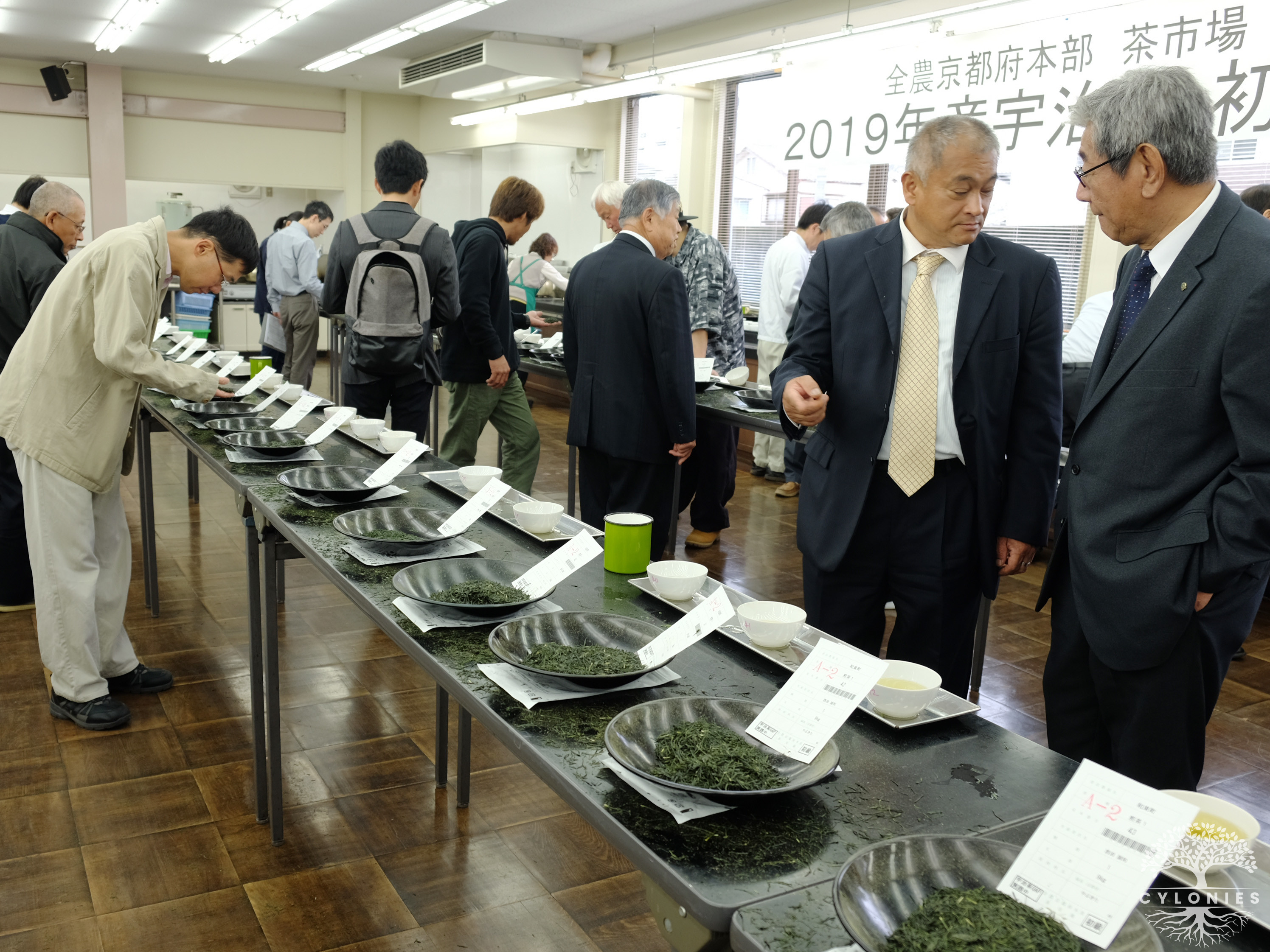The ancient, orthodox method of black tea production is guarded by Sri Lanka's tea cultivators and manufacturers. Most experts still think that this produces the greatest black tea. Even with technological advancements over the previous thirty or forty years, the traditional approach is slow and labor-intensive; but, as Sri Lankan tea producers and dealers have traditionally maintained, fine tea cannot be rushed.
Let's have a quick look at the manufacturing process of Ceylon tea.
When the leaves are harvested, or 'plucked,' the manufacturing process begins. Plucking requires discrimination and dexterity, and it is mostly done by women. Only the topmost foliage on each stem is harvested - the famed 'two leaves and a bud' – and the stem must remain unbroken.
The raw leaf is weighed as it arrives at the factory. The total weight recorded for the day's batch serves as a quality checkpoint at the end of the manufacturing process. The tea is set out for withering after it has been weighed.
Raw leaf is fluffed and spread out to dry on racks or troughs in a well-lit, well-ventilated area. It will stay here for 18-24 hours, gently losing moisture and going through the physical and chemical changes that are required for manufacturing.
Now is the time to roll the withered leaf. This is a mechanical procedure in which the leaf cells are burst to release enzymes and expose them to air, allowing aeration to begin. Dhools are the broken and rolled leaf fragments. Before aeration, the dhools are broken up and sifted.
Important chemical reactions occur at this vital stage of production due to the influence of air on the leaf tissue. The rolled, broken leaf is stretched out on tables and exposed for anywhere from 20 minutes to five hours, depending on a variety of conditions, including the desired end product. The color of the withering tea leaf is a rusty, coppery orange.
The leaf is dried in a desiccator or 'fire chamber' at 99-104 C (210-220 F) to avoid additional chemical changes once the proper amount of aeration has occurred. As a result, the leaf shrinks and darkens, giving rise to black tea. This completes the manufacturing process.
Now let's get right to the point.
What is Tea Tasting?
Tea tasting is the process of measuring the quality of a tea by a skilled taster. The finished product may have dramatically diverse flavors and appearances depending on climatic conditions, terrain, production procedure, and different cultivars of the Camellia sinensis plant. A professional taster can detect these variances in order to determine the quality of tea before it is sold or blended.
The taster's objectives are determined by the tea's intended use. The properties needed in a tea for blending with other teas might differ significantly from those desired in a tea that is ready to consume.
Why Tea Tasting?
Regular tasting of the batches of made teas that are churned out after the last drying process are a basic factory requirement and take place in labs at least once every day. During the harvesting season, a family-owned small-holder tea farmer will brew and taste the daily yield at his house to assure quality. Tasting teams of two or three competent specialists will be assigned to larger units, and tasting brigades will be sent to extremely large industries. In order to define the teas for the buying catalogue and determine price ranges, more tasting sessions will be held in the auction centers.
Following the arrival of the teas at the importers, there will be more tastings before a purchase choice is made, either by brewing samples in smaller firms or by traveling to the origins for large volume purchases for mainstream market suppliers, i.e. the larger packers. Following that lengthy series of tastings, the buying and, eventually, the mixing for the wholesale and retail markets will take place.
The Art
A day with hundreds of tea cups
Tea tasting is a highly refined discipline that needs years of training to master the requisite skills. Each day, a professional tea taster may have to sample up to several hundred cups of tea. An expert taster will be able to tell the difference between each cup's flavor qualities. If the teas are to be blended, the tea taster must take into account their compatibility with other teas.
The Tea Tasting Setup
Teas are brewed in a unique tasting chamber using specifically designed tea tasting equipment. So that the eye is not misled while analyzing color, rows of teas, bowls, and cups are properly lined up and uniformly exposed to sunshine. The amount of tea measured out for brewing in a contemporary tea tasting room is usually between 2.5g and 3g. The tea is steeped in a white porcelain cup that doubles as a teapot.
The tea leaves in the cup are poured with hot water, and the lid is rapidly put on top to keep the heat in. The tea is then steeped for at least five minutes before decanting the tea fluid into the tasting bowl. After that, the wet infused leaf is placed on the underside of the lid and placed on top of the tea steeping cup.
It's time to sense
Now, the Tea Taster can apply his art. The senses of smell and sight are just as important as the sense of taste when it comes to tasting tea. The look of the tea's dried leaf will be examined first by the taster. The look of the tea leaf is a good measure of how well it was made. The consistency of the leaves, the quantity of 'tips,' and the leaf style will all be scrutinized by the taster. The taster will then inspect the infused leaves visually. A vivid infusion is an indication of quality production.
Slurps not sips
The Taster will now move on to evaluating the tea liquor, paying close attention to its color. To maximize the impact on his taste buds, the taster lifts a spoonful of the liquor to his lips and slurps, or sucks in, the tea rather than sipping it. The Taster will assess the liquor's quality using Tea Taster's language, which the clerk will record.
And this is the art of tea tasting.
Tea Tasting and Tea Blending
Tea tasting and blending are frequently associated, however tasting capabilities can be used for non-commercial purposes as well. Without the ability to taste, blending skills will not produce accurate outcomes. As a result, established tea masters began to practice, memorize, and learn at the tasting table, and then went on to blend the teas using their experience, expertise, and knowledge. Many people have since gone on to get active in the tea sourcing process, either directly or by counseling firm purchasers based on their rating and assessment standards.
All tea would be the same if it didn't have the sophisticated vocabulary of tea - its tasting notes, mention of tea rituals, and tea speak. Every cup of tea would be made entirely of sinesis leaves steeped in hot water. However, if you have the correct terminology to describe a tea's experience, you may make it stand out. You're getting closer to being a connoisseur. You get a little closer to the tea.
Tea tasting is only a sensory exercise that allows people to better comprehend and converse about the beverage. You can better appraise a tea's "goodness" and quality if you can detect and communicate the finer aspects of the leaves, such as scent, taste, complexity, balance, and texture. This allows you to select a tea with greater care. As a result, tea expertise is important and allows you to buy and comprehend tea in a considerably more informed manner.





